

Volume 17
Published on October 2023Volume title: Proceedings of the 5th International Conference on Computing and Data Science

Brain medical imaging is a main diagnosis method for Alzheimer’s disease (AD). But the method relies on the physician’s manual analysis which is subjective and time consuming. In recent years, artificial intelligence (AI) technology has been widely applied in clinical diagnosis. This thesis is about the deep learning model to be designed to realize the computer-aided diagnosis of medical images. A model of densely connected network (DenseNet) as an AI technology, automatically learns the semantic features related to AD diagnosis on the brain MRI images from ADNI data. At the same time, for solving the limited medical image samples problem, the effective transfer learning technology was applied in the experiment. The final model result achieves 90.8% accuracy, 82.2% sensitivity and 96.1% specificity on the diagnostic task of AD, and the diagnostic accuracy is better than prevailing methods. Besides 80.4% accuracy, 52.2% sensitivity, and 84.8% specificity are achieved in the task of distinguishing progressive from stable MCI patients. This method can provide more accurate diagnosis results of Alzheimer’s disease expected for the clinical early auxiliary diagnosis.

 View pdf
View pdf


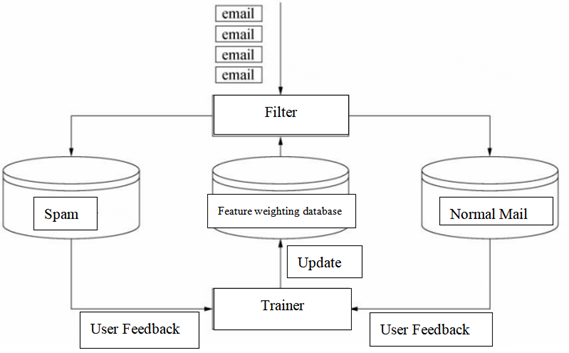
The wide spread of spam has brought a lot of inconvenience and trouble to people’s work and lives. Therefore, it is of great practical significance to constantly update the methods of spam classification and filtering to improve the current situation of email use. In this paper, linear regression and logistic regression are examined to test whether a random email is spam or a normal email. The logistic regression model is based on a public data set that is estimated by calculating the number of entries in the entire set and then the probability of spam. The linear regression model is based on the data from the logistic regression model and is estimated to give a line representing the probability of spam in a given range of emails. Finally, the results of these two models clearly indicate the rampant and widespread nature of spam, which can enhance the public’s overall awareness of carefully examining unknown emails.

 View pdf
View pdf


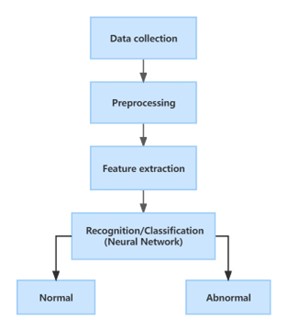
There is no denying the fact that Artificial intelligence technology has developed rapidly in recent years. In medicine, especially in brain tumor detection field, it has attracted great attention. By combining artificial intelligence with physiological imaging, the classification of brain tumors and the selection of the best treatment options can become more accurate and precise. AI brain tumor detection can reduce the rate of misdiagnosis and improve the speed of diagnosis. The article researches the method of AI in brain tumor detection. The process of the general method can be divided into four phases: Data collection, Preprocessing, Feature extraction, and Classification. At the same time, this article also analyzes the application of AI in brain tumor detection and treatment, including the advantages and challenges of AI application, development direction, and conclusions. As a review paper, this paper provides a relatively complete overview of this field. Even though the growing presence of AI technology in the brain tumor medical field is already bringing greater assistance, there is still a lot of room to improve. Indeed, a highly accurate, explainable system is needed in the future. With the rapid development of AI methods, so do the corresponding high-performance hardware become increasingly essential.

 View pdf
View pdf


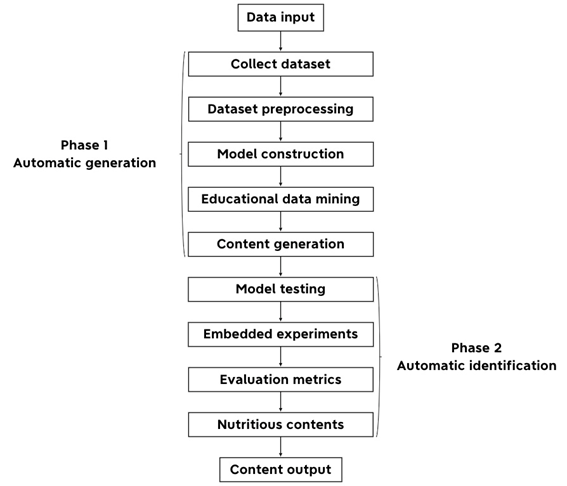
In recent years, artificial intelligence (AI) has witnessed significant advancements in the field of education, with its ability to personalize and adapt content to individual student needs. In parallel, virtual reality (VR) has emerged as a powerful tutorial tool, providing immersive and interactive experiential learning experiences which has the advantages of improving students' motivation and engagement. Previous researchers have demonstrated the potential of ML algorithms, particularly RL, for generating educational content and VR environments. To create high-quality content, researchers have started exploring the integration of Machine Learning (ML) and Reinforcement Learning (RL) algorithms into Procedural Content Generation (PCG) methods for automatically generating both textual and non-textual content such as practice questions, quizzes, VR learning environments, etc., which have the potential to increase the efficiency and effectiveness of educational interventions. Nonetheless, the development of these techniques requires addressing several challenges. Significant advancements are yet to be made in developing and refining these algorithms to produce high-quality and effective educational content for VR applications. This article provides a comprehensive overview of the current state of research in reinforcement AI learning content generation for VR educational applications. For each area, it discusses the state-of-the-art techniques, applications, limitations, and challenges faced in development, covering the use of natural language processing, reinforcement learning, and machine learning algorithms. The review concludes by highlighting some of the key opportunities for future research in this field, including the development of more sophisticated models and the exploration of new applications of machine learning in educational technology.

 View pdf
View pdf



This paper aims to offer a comprehensive review of the current state of the art in artificial intelligence (AI) as applied to license plate recognition. With the rapidly evolving nature of AI technology, deep learning approaches have gained popularity in license plate recognition, as exemplified by the success of AlphaGo. The diversity of AI in license plate recognition is notable, with numerous studies proposing systems that have achieved high accuracy in segmentation and recognition. The process of reading license plates is complex and involves several stages, including image capture, pre-processing, license plate identification, character segmentation, and recognition. Law enforcement widely uses automatic license plate recognition (ALPR) technology for detecting and preventing criminal activities, tracking stolen vehicles, and identifying suspects. Additionally, ALPR technology can monitor travel time on significant roadways, which can provide the Department of Transportation with useful data for efficient traffic management. Overall, this paper highlights the importance of AI in license plate recognition and its potential to revolutionize the field.

 View pdf
View pdf


This paper provides an overview of artificial intelligence (AI) and speech recognition technology, including its history, applications, challenges, and future prospects. AI-powered speech recognition technology has significantly improved over the years, and it is used in various applications, such as virtual assistants, voice-activated devices, and dictation software. The technology leverages machine learning algorithms that are trained on vast amounts of speech data to recognize and interpret human speech with accuracy levels that are comparable to those of humans. However, the technology still faces many challenges, such as speech variability and background noise, which make it challenging to develop speech recognition algorithms that can accurately recognize all types of speech. The article provides a comprehensive review of the technical aspects of automatic speech recognition, including the process involved, the algorithms used, and the challenges and opportunities for future research in this area. The paper also discusses the architecture of automatic speech recognition (ASR) systems and the main components that make up the system. The authors explain that ASR systems consist of three main components: the acoustic model, the language model, and the decoder. They also discuss the challenges that ASR systems face, such as speaker variability, noise, and limited vocabulary. Overall, this paper provides a detailed introduction to AI and speech recognition technology and its potential for various industries.

 View pdf
View pdf


The field of artificial intelligence and deep learning has made significant progress in recent years, with the development of innovative techniques and technologies that have the potential to improve various aspects of human life. However, the elderly population faces significant challenges when it comes to utilizing electronic devices, as the demand for convenient and easy-to-use products in their daily lives remains unmet. To address this challenge, this paper proposes the design of a software solution, consisting of four key components. Firstly, the software application is simulated, and the process of software operation when the elderly use WeChat is modeled. Secondly, automatic speech recognition technology is utilized to enhance the usability of WeChat for the elderly. Thirdly, a dataset is created for data collection, processing, and analysis, with the aim of constantly improving the software. Finally, evaluation methods such as formative and summative evaluations are utilized to assess and enhance the effectiveness of the software. The proposed software solution has the potential to significantly improve the quality of life of the elderly population by enabling them to better access and utilize electronic devices. Moreover, the incorporation of automatic speech recognition technology and data analysis for continuous improvement has the potential to contribute to the advancement of the field of artificial intelligence and deep learning. Further research should focus on refining the software solution to better cater to the specific needs of the elderly population.

 View pdf
View pdf



In 1987, the first video game was published. People entered a new world to explore gaming. After ten years, browser games were invented. In order to deeply discuss browser games’ future, this article summarizes the features and current situation of browser games. This article analyzes the strengthens of browser games in three aspects, which are convenient setup for players to start the game, social interaction for players to interact with other people, and free-to-play experience provided for players. The analysis of browser games’ weaknesses is included in this article as well, which were the potential factors that lead browser games to current situation. The weaknesses are browser games’ low quality of display and the dependencies of the internet. Also, this article analyzes the reasons why the revenue of browser games reduced, which are related to the presence of mobile games, the reduction of funding, and the stopped service of Adobe Flash player. In conclusion, the full article and the future development of browser games were concluded.

 View pdf
View pdf


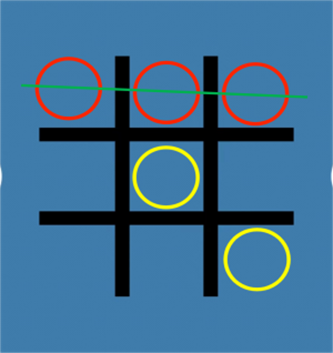
The combinatorial game theory is not only a new branch of modern mathematics but also an important subject of operations research. One basic combinatorial game can develop many different rules and different strategies to solve the problems, and both the rules and strategies follow the fundamental game theory to give the answer for the new version of the combinatorial game, such as the Nim game, one of the most basic combinatorial games, which has been researched for many years by a large number of researchers. This paper shows and extends the strategies of two combinatorial games, Tic-Tac-Toe and Green Hackenbush, based on the regular version which is connected with the combinatorial game theory.

 View pdf
View pdf


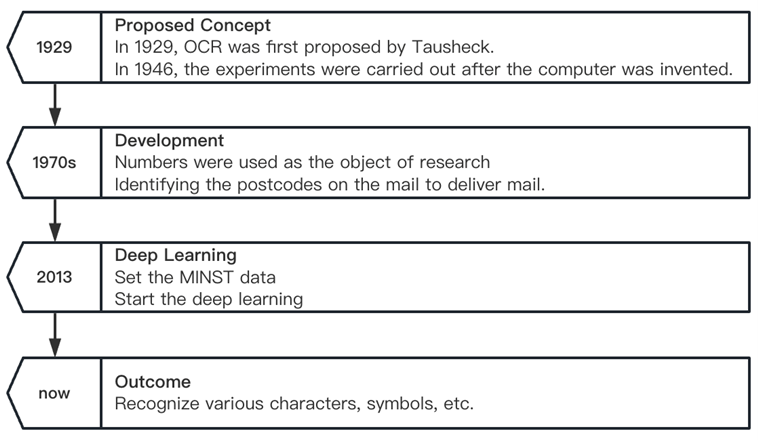
Optical character recognition is the combination of optical technology and computer technology to identify text in an image and then recognize the text content in the image, providing individuals with a great deal of ease in their daily lives. Document text recognition, natural scene text recognition, bill text recognition, and ID card recognition have been used in daily life, but there are still many factors that lead to inaccurate identification and detection. Therefore, different texts, patterns or characters are suitable for different types of Optical character recognition. In this paper, we can learn about the Optical character recognition operation methods and find the similarities and differences through researching the technical routes and four different types of Optical character recognition. In addition, by comparing the Optical character recognition of several commonly used languages, the advantages and disadvantages of each method can be analysed.

 View pdf
View pdf




